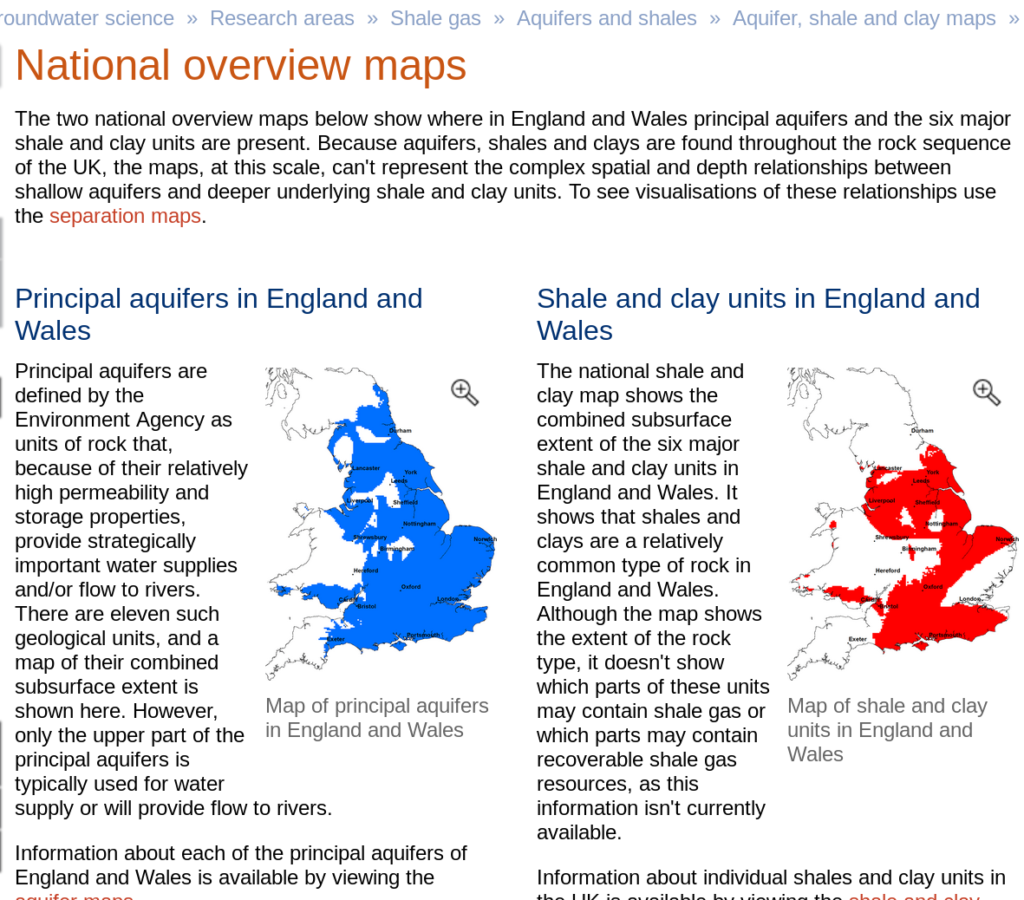FRACKING AQUIFERS
FRACKING AQUIFERS: A National Catastrophe in the Making
One-Third of England’s Public Water Supply Comes from Groundwater: What’s at Stake?
Groundwater accounts for approximately one-third of England’s public water supply, playing a crucial role in both human consumption and agricultural irrigation. This vital resource is now under immediate threat due to the potential risks associated with hydraulic fracturing (fracking). The UK’s recoverable shale gas reserves are estimated at around 130 trillion cubic feet, a quantity that could meet Britain’s gas needs for the next 50 years. However, the long-term environmental and public health costs of this extraction process may far outweigh the short-term energy benefits.
The Hidden Dangers of Fracking
Fracking involves drilling deep into the earth to extract shale gas by injecting high-pressure fluid into shale rock formations. This process is inherently risky:
- 8% Leakage Rate: The Howarth Report estimates that roughly 8% of the recoverable crude gas could escape into the atmosphere during extraction. This crude gas won’t just remain airborne; it will infiltrate the UK’s aquifers on its way to the surface, posing a severe risk to these essential underground water sources.
- 10 Trillion Cubic Feet of Highly Toxic Gas: If fracking continues, an estimated 10 trillion cubic feet of highly toxic gas will pass through and contaminate England’s aquifers over the next 50 years. This is not a theoretical risk; it is a foreseeable reality.
Impact of Highly Toxic Gas on Ecosystems and Human Health
The rise of toxic gases released by fracking can have catastrophic effects on the environment, human health, and biodiversity:
- Soil and Crop Destruction: Exposure to toxic gas can lead to the death of beneficial soil microorganisms, degrading soil structure and fertility. Crops may suffer stunted growth, leaf discoloration, and die, while trees may experience root damage and reduced photosynthesis.
- Animal and Human Health Risks: Animals grazing or burrowing in contaminated soil will likely suffer respiratory issues and poisoning. Children, especially vulnerable to environmental toxins, face serious health risks, including long-term developmental issues if exposed to these toxins.
Shale and Aquifers Overlap: A Disaster Waiting to Happen
Nearly 100% of shale formations in England underlie the country’s principal aquifers, according to geological surveys. This means that any fracking activity will take place directly beneath these vital water reserves, guaranteeing widespread contamination. Of particular concern, 37% of the total area where aquifers are located is also underlain by shale, making the risk of contamination a near certainty. In other words, almost every shale formation targeted for fracking also lies beneath critical aquifers.

The Scale of the Problem: Licenses and Wells
Currently, 18% of England’s total land area is licensed for fracking, which equates to around 24,000 square miles. Each square mile of land could potentially host up to 8 wells, leading to a projected total of nearly 192,000 fracking wells across the country. Each one of these wells poses a serious risk, with inevitable leakage of toxic gases and contaminants into the surrounding environment and aquifers.
The percentage of England currently licensed for fracking has been a contentious topic. Earlier estimates of over 60% of land potentially being licensed have been widely circulated, but this is misleading. More recent, reliable data suggest that around 18% of England’s land is currently licensed for fracking.
It is crucial to note that all wells will eventually leak, as the failure rate for the cement and steel casing approaches 100% over time. An estimated 5% of wells fail immediately, while 50% fail after 15 years, and eventually, every single well will fail. Over the next 50 years, these operations will likely compromise every aquifer beneath England’s shale formations, causing irreversible water contamination.
The Inevitable Future: Contaminated Water and Public Health Decline
Even after wells are capped, the damage does not stop. Up to 90% of the shale gas—around 1,170 trillion cubic feet—will remain trapped underground. The immense geological pressure from overlying rock layers will force this gas through natural fissures, leaking cement seals, and faulty well casings into aquifers. This long-term contamination will not only render drinking water unusable but will also devastate agricultural productivity and public health for generations to come.
A Call to Action: Immediate Global Moratorium on Fracking
We stand at a critical juncture. Should fracking proceed, the potential for catastrophic environmental and public health disasters is not just possible—it is inevitable. The short-term gains from shale gas extraction will be vastly overshadowed by the long-term costs: poisoned water supplies, diminished biodiversity, and an impending public health crisis.
Conclusion: The Time to Act is Now
The scientific evidence is clear: fracking presents a severe and unavoidable risk to England’s water supplies, ecosystems, and public health. With the potential for hundreds of thousands of wells leaking toxic gas into our aquifers, the consequences are not just possible—they are certain.
It is time to demand immediate action, beginning with a global moratorium on fracking. The health of future generations, the integrity of our water supply, and the preservation of our ecosystems depend on the decisions we make today.
